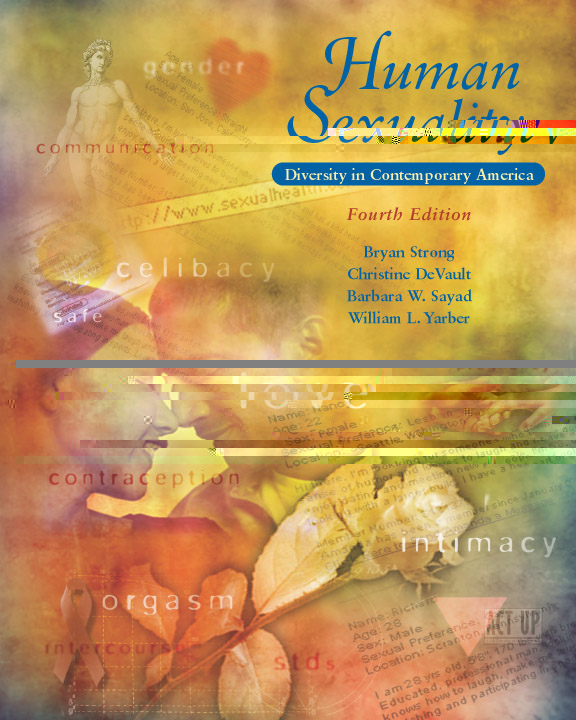1
A) cannot undergo erection. B) has no functions other than sexual pleasure. C) has no cover that is equivalent to the foreskin of the penis. D) has relatively few nerve endings compared to the penis. 2
A) external female genitals. B) external and internal sex organs of the woman. C) labia minora and majora. D) mons pubis and clitoris. 3
A) can vary in size. B) can be located by pressing one or two fingers into the front wall of a woman's vagina. C) can produce erotic pleasure from penile intercourse. D) all of the above 4
A) alveoli. B) areolas. C) ducts. D) ampullae. 5
A) release oocytes (eggs) and produce hormones. B) continually manufacture oocytes and receive hormones. C) provide a site for pregnancy to occur. D) simply release eggs. 6
A) progesterone. B) estrogen. C) gonadotropins. D) testosterone. 7
A) follicular, ovulatory, and luteal. B) ovulatory, follicular, and luteal. C) luteal, ovulatory, and follicular. D) luteal, follicular, and ovulatory. 8
A) These secretions are normal during ovulation. B) She may have contracted vaginismus. C) These are the normal signs of the sloughing off of the endometrium. D) These secretions indicate a normal and healthy Grafenberg spot. 9
A) The frequency and severity of this disorder precludes women from certain jobs. B) There is no clear definition or set of symptoms for this "disorder." C) This problem occurs only among middle-class white women. D) Diagnosis is complicated by dysmenorrhea. 10
A) is safe because pregnancy can never occur. B) is taboo in all cultures. C) is not pleasurable for most couples. D) presents certain health risks because organisms including HIV have an easier pathway into the body. 11
A) Kaplan's B) Master's & Johnson's C) Loulan's D) They each do. 12
A) vasocongestion B) arousal C) endometriosis D) myotonia 13
A) the Bartholin's gland. B) testosterone. C) estrogen and progesterone. D) unknown factors. 14
A) sweating or moistening of the vaginal walls. B) the tenting of the inner two-thirds of the vagina. C) changes in the appearance of the breasts and genitals. D) all of the above 15
A) after experiencing the refractory period can once again achieve orgasm. B) experience multiple orgasms regularly. C) are physiologically able to be orgasmic immediately after orgasm. D) must achieve orgasm to feel emotionally satisfied and fulfilled.



 2002 McGraw-Hill Higher Education
2002 McGraw-Hill Higher Education